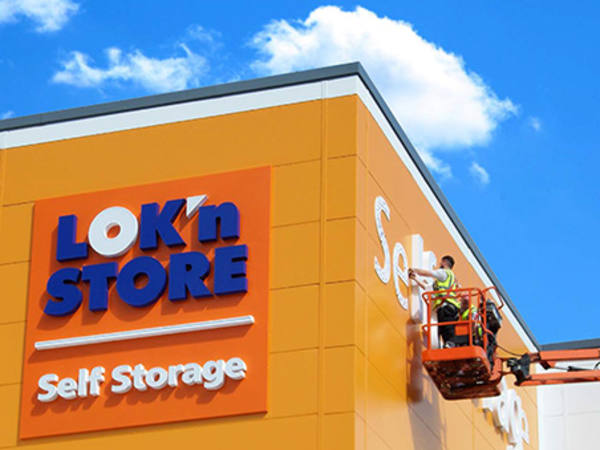- The app increased its number of users from 12.5m to 18m in the first quarter of 2021
- It was recently fined $70m by US regulator FINRA for causing “significant harm” to users
The no fee retail trading app Robinhood has had an impactful 18 months. Its gamified platform is partly responsible for retail investors contributing 23 per cent of all US equity trading in the first quarter of 2021, almost twice the level of 2019 according to Bloomberg Intelligence. Its allies say that it is driving the democratisation of the markets. But is Robinhood a wealth distributing hero or simply a profiteering opportunist?
In its IPO prospectus released on 2 July, Robinhood tried to paint itself as the former, constantly pointing out that it treats the “little guys” the same as everybody else. This savvy marketing helped it to increase its number of users from 12.5m to 18m in the first quarter of this year. However, the US financial regulator doesn’t think it is quite so virtuous. Two days before the prospectus was released, The Financial Industry Regulatory Authority (FINRA) fined it $57m and ordered to pay $12.6m plus interest to its customers as penalties for causing “significant harm” to its users.
Yet despite this fine, Robinhood has decided to push forward with the IPO and is reported to be targeting a valuation of $40bn or more.
That valuation is slightly higher on a price to revenue basis than Coinbase, the listed cryptocurrency exchange, which has a market capitalisation of $51bn and generated revenues of $1.8bn in Q1 this year. Robinhood generated $522m in the same period.
Why juxtapose these two companies? Arguably they have benefited from the same phenomenon: US retail investors using apps to purchase assets while spending time at home during the pandemic. But while Coinbase only allows the exchange of crypto currency, Robinhood is quickly moving into that space. Its crypto revenue grew from 4 per cent to 17 per cent of total revenue in Q1 this year, with 34 per cent of that being driven by transactions involving the cryptocurrency Dogecoin.
Robinhood, like Coinbase, will try to justify its valuation by pointing to its outstanding recent growth. According to the prospectus, its total revenue rose 245 per cent in 2020. And growth has continued apace this year. Not only has Robinhood increased its number of accounts to 18m (from 12.5m) in Q1 but its revenue per user jumped 65 per cent from $83 to $137 on an annualised basis compared with the same period last year. If it could continue making $137 per year from 18m users it would generate over $2.5bn of revenue over the year. That is a big “if” though.
The prospectus takes 70 pages to outline the “risk factors” that were evident to many as soon as the IPO was mooted. The two biggest threats to Robinhood's business are, on the face of it, regulatory change and the bursting of the stock market bubble.
Income derived from payment for order flow (PFOF) contributes more than four-fifths of Robinhood's revenue. PFOF is already banned in the UK and Canada and Gary Gensler, chairman of the Securities and Exchange Commission (SEC), has publicly questioned whether PFOF is in the best interests of market efficiency.
PFOF is the payment that retail brokerages, like Robinhood, receive from routing orders to wholesale brokerage firms like Citadel and Virtu. More than half of Robinhood’s orders are forwarded to Citadel which will then market make and pay a small portion of the spread back to Robinhood. It is how Robinhood is able to provide zero trading fees to its customers.
However, this is also why Robinhood doesn't operate in the UK, where PFOF has been banned since 2012. Not great for its international expansion plans and if Gensler follows suit in US then its current model would be instantly scuppered.
The fact that Virtu’s share price is down 11 per cent since Gensler’s comments suggests that the market thinks this is a possibility. The bigger danger though would be a stock market decline. Data from Bloomberg Intelligence, reported in the FT, showed that retail trading volumes have swung between 10bn and 14bn share transactions a day since the beginning of 2020. During the previous decade it hovered around half that level at 7bn transactions. If there is a market correction then it is possible that retail trading volumes will fall back to around 7bn as scarred retail investors close their accounts.
Robinhood is growing fast but its customer stickiness is yet to be tested in a bear market. The owners will presumably be hoping to go to market before this threat is realised and make close to the $40bn valuation. If so, the “looking out for the little guy” narrative could theoretically turn out out to be a very profitable story.







